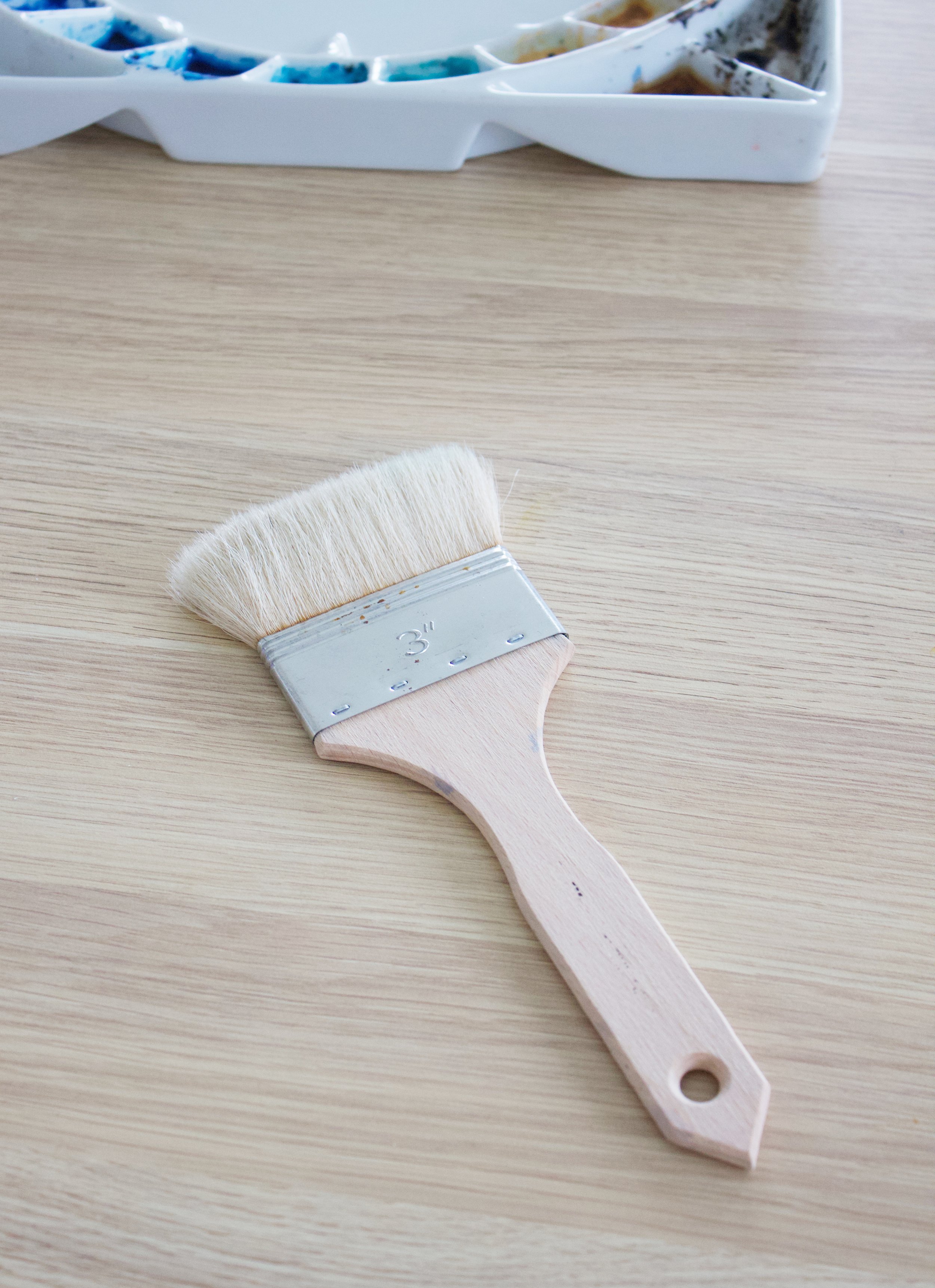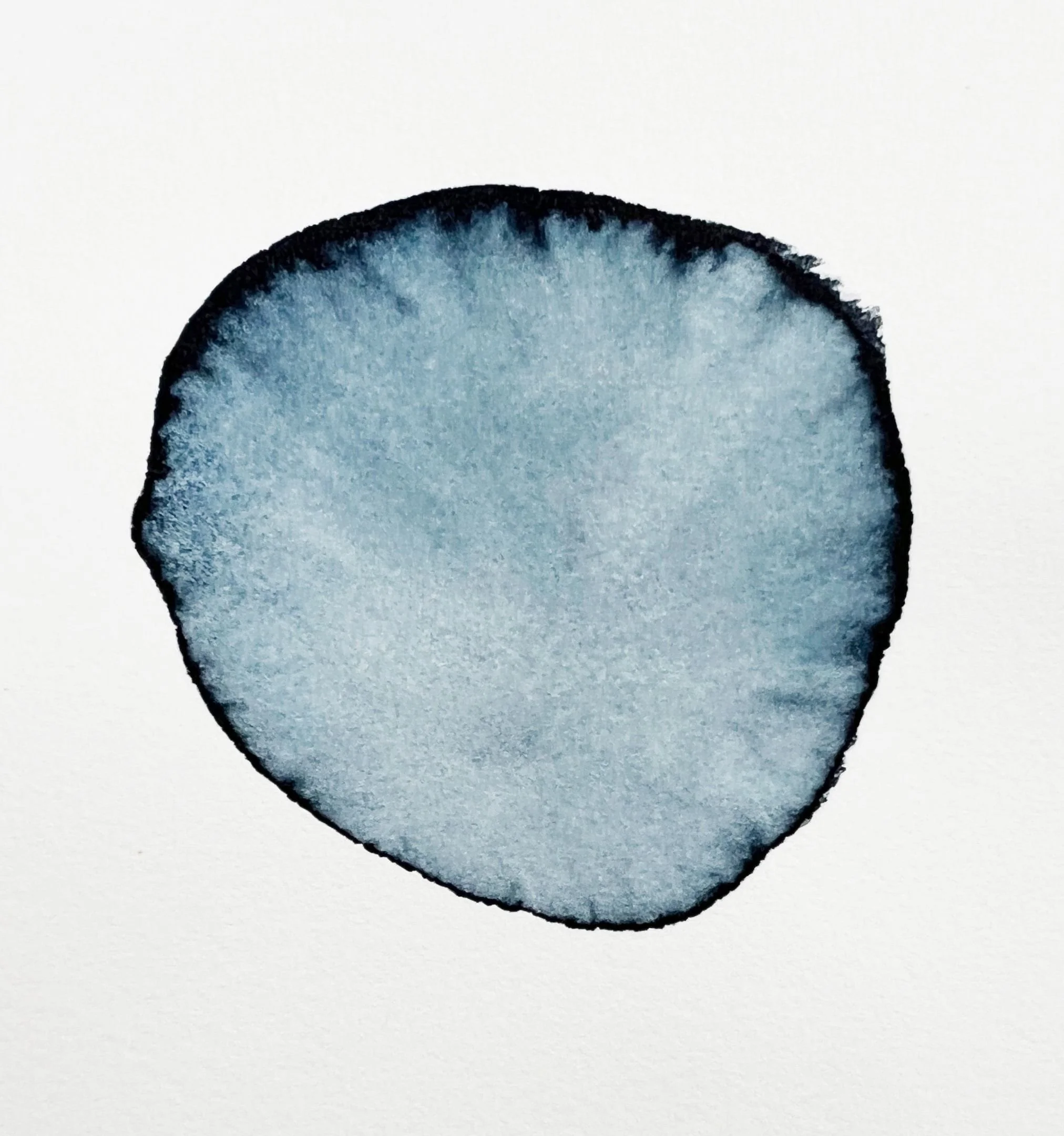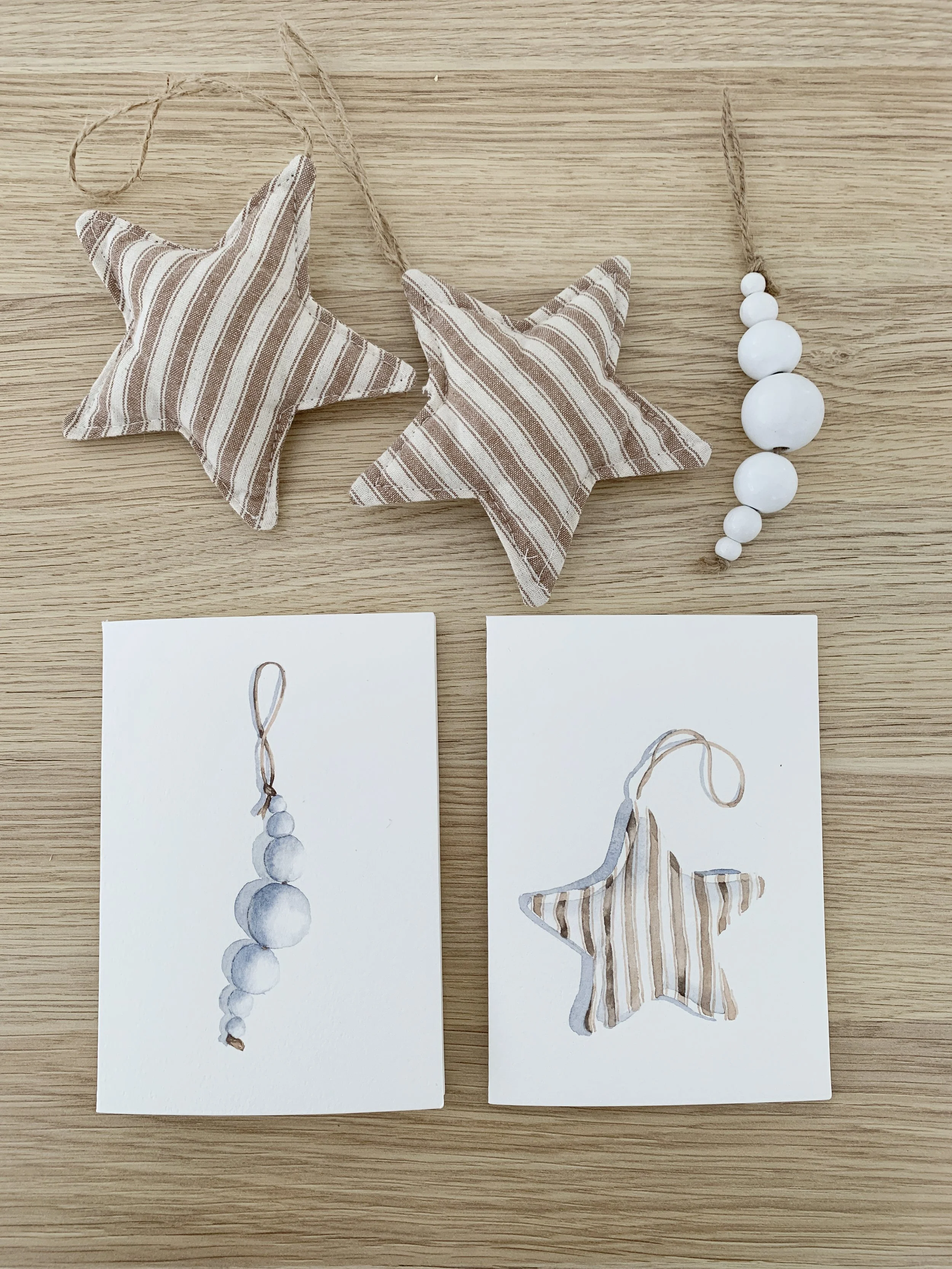How to Create or Avoid Watercolour Blooms
Watercolour blooms, or as some might call them, cauliflowers or back runs/run backs, possess a peculiar charm that can both challenge and enhance watercolour paintings. These blotchy, curvy shapes with dark, hard edges are often seen as blemishes, arising when excess water or paint disrupts the drying pigment.
However, with a bit of mastery and creative insight, they can be transformed from a frustrating mishap into an expressive element of your artwork.
A Macaw watercolour painting of mine where I have created some deliberate watercolour blooms on the chest and beak.
A closer look at the blooms. When you use bloom watercolor techniques you can create stunning, organic patterns that add a unique and ethereal quality to your artwork.
The Frustration and Joy of Watercolour Blooms
Blooms forming as the paint starts to dry because excess moisture was applied to the area after it was laid down with the brush..
Watercolour blooms happen under very specific conditions - when there is an accumulation of paint or water, particularly at the bottom of a wash or at the paper's edges, and it flows back into the less wet paint.
Blooms occur regularly when the paint is at a crucial “drying point”—not fully wet, but not entirely dry. This stage is critical; the sheen of the paper diminishes, signaling that it’s susceptible to disruptions in the paint’s uniform drying process.
When your paint no longer offers the sheen of freshness, it's time to step back and let the canvas breathe. Embrace this moment of stillness, allowing the paint to dry completely before introducing more pigment. This necessitates a swifter approach to your strokes - often a leap for watercolour beginners, who tend to meticulously shape their washes, giving time for the edges to start setting.
If you persist in applying wet paint to these semi-dry surfaces, you invite the unruly beauty of blooms, typically where least desired. This dance of timing and technique is pivotal in mastering the fluid art of watercolours.
Strategies to Avoid Unwanted Watercolour Blooms
To avoid unintended blooms, especially in areas like clear skies or smooth surfaces in portraits, vigilance is key. Here are a few strategies:
Watch the Wetness: Observe the sheen on your watercolour paper; if it starts to lose its glossiness, be cautious about adding more water or paint. The paper’s sheen is a visual guide to its wetness, and working on it during this vulnerable phase can easily lead to blooms.
Good quality watercolour paper stays wet for a lengthy amount of time, increasing the time the artist can work on it, while reducing the probability of accidental watercolour blooms.
Here the wash has just been painted on the paper and it has a glossy sheen on the surface - you can keep working at this stage.
Now the wash is starting to dry and the sheen on the paper is diminishing - this is the danger time where you may create unwanted blooms if your brush is too wet.
Manage Your Brush’s Moisture: If you need to work near a drying area, perhaps to soften an edge, ensure that the wetness of your brush matches the wetness of the paper. A dripping wet brush with a lot of very wet paint can unleash a flood that the semi-dry paint can't handle, resulting in unwanted blooms. Avoid blooms by removing excess moisture by blotting your brush on a paper towel before you work on your painting.
Shift Your Focus: Instead of risking a bloom by working over the same area, shift your attention to other parts of the painting that may need work. This diversion allows the risky area to dry sufficiently and undisturbed.
Edge Maintenance: After applying a wash, check the edges of your paper for any excess watercolour paint. A damp brush can be used to gently remove this excess, preventing it from flowing back into your painting and creating unwanted blooms.
To avoid blooms, remove the excess moisture accumulating on the bottom edge with a damp brush
Uneven Drying: The drying stages of your painting hold significant influence. Uneven drying, where some areas of your paper remain damp while others begin to solidify, creates an open invitation for water to migrate. This movement disrupts the settled pigment, carrying it whimsically across your canvas, often leaving behind the characteristic trails of a bloom. This is a good reason to stretch your paper before you work on it. Stretching your paper before you start painting ensures it remains flat while you work. A flat surface prevents the formation of hills and valleys where paint and water can accumulate causing it to dry unevenly.
A hake brush used dry can often gently smooth out unwanted blooms.
Timing of Washes: The timing of your washes plays a crucial role. Introducing a fresh wash adjacent to or directly over one wet area that is midway through its drying process can be a delicate matter. This new moisture can seep into the semi-dry layer, unleashing a spread of colour that blooms outward.
Managing these moments with care ensures that blooms only appear where they are intended, adding to the beauty and depth of your artwork, rather than detracting from it. If an unwanted watercolour bloom occurs like this, I use a soft, dry Hake brush to smooth everything out.
Leveraging Blooms for Artistic Effect
While the accidental creation of blooms can be frustrating, intentionally using them can add texture and intrigue to your painting. Blooms can be deliberately created by introducing clean water or additional paint to a drying wash, which manipulates the pigment to form unique textures and shapes. These intentional blooms can wonderfully emulate textures such as animal fur, foliage, or even clouds, providing a depth that flat washes cannot.
I intentionally added blooms to the front of this chicken to create interest and texture in that area.
The foreground of this dog painting looked a bit bland to me so I dropped in some water with my brush while the red paint was drying.
How to Create Beautiful Watercolour Blooms
Now that you're familiar with the causes behind the whimsical watercolour blooms, you can skillfully manipulate these effects to enrich your artwork. The bloom effect draws attention and might just be what your art needs to attract its viewers.
For optimal control, I recommend starting on a flat surface. The key to achieving the perfect bloom lies in the moisture level of your wet paper - it should feel damp but not overly saturated.
When your paint is too wet, you're essentially painting wet-on-wet, leading to a smooth diffusion of colours, which contrasts with the distinctive, feathery edges that characterize blooming. To truly harness this technique, consider practicing on a spare sheet of paper.
Apply a wash of colour and allow it to start drying. When the surface transitions to just moist, introduce a dab of clean water with your round brush. After cleaning your brush, add a bit more water. This clean water will gently push the coloured pigments aside, giving life to a beautiful bloom.
A wet wash that is a little too wet to add extra water too.
I waited a few minutes until I could see it was starting to dry and I dropped in some more water with my brush
The quality of the paper also plays a vital role in the appearance of your blooms. High-quality paper not only supports these textured blotches, but does so with more elegance—the diffusion appears more seamless, and the blooms blend more softly into the surrounding paint. One might say, on superior paper, blooms are not just created; they are crafted with grace.
A Dance with Water and Pigment
Blooms in watercolour are a reminder of the fluid and unpredictable nature of this medium. Whether they emerge uninvited or are deliberately cultivated, understanding how to control these occurrences can turn them from a source of frustration into a signature of your artistic style.
By managing the moisture levels on your paper and in your brush, you can maintain the clarity where you wish and introduce complexity where you choose. In the dance of water and pigment, blooms in a finished painting can shout to the viewer, “Look here, I am a watercolour painting, and I am proud of it!”
In embracing both the control and the unexpected surprises watercolour offers, we find the true joy of painting - each piece a unique interaction of water, pigment, and artist’s intent.
With the right techniques and a dash of patience, you'll find that mastering blooms is not just about painting - it's about making your art 'bloom' with possibility!
Happy painting!
If you are interested in learning to paint in watercolour, I have over 170 online, voiced over watercolour tutorials for all skill levels.

















